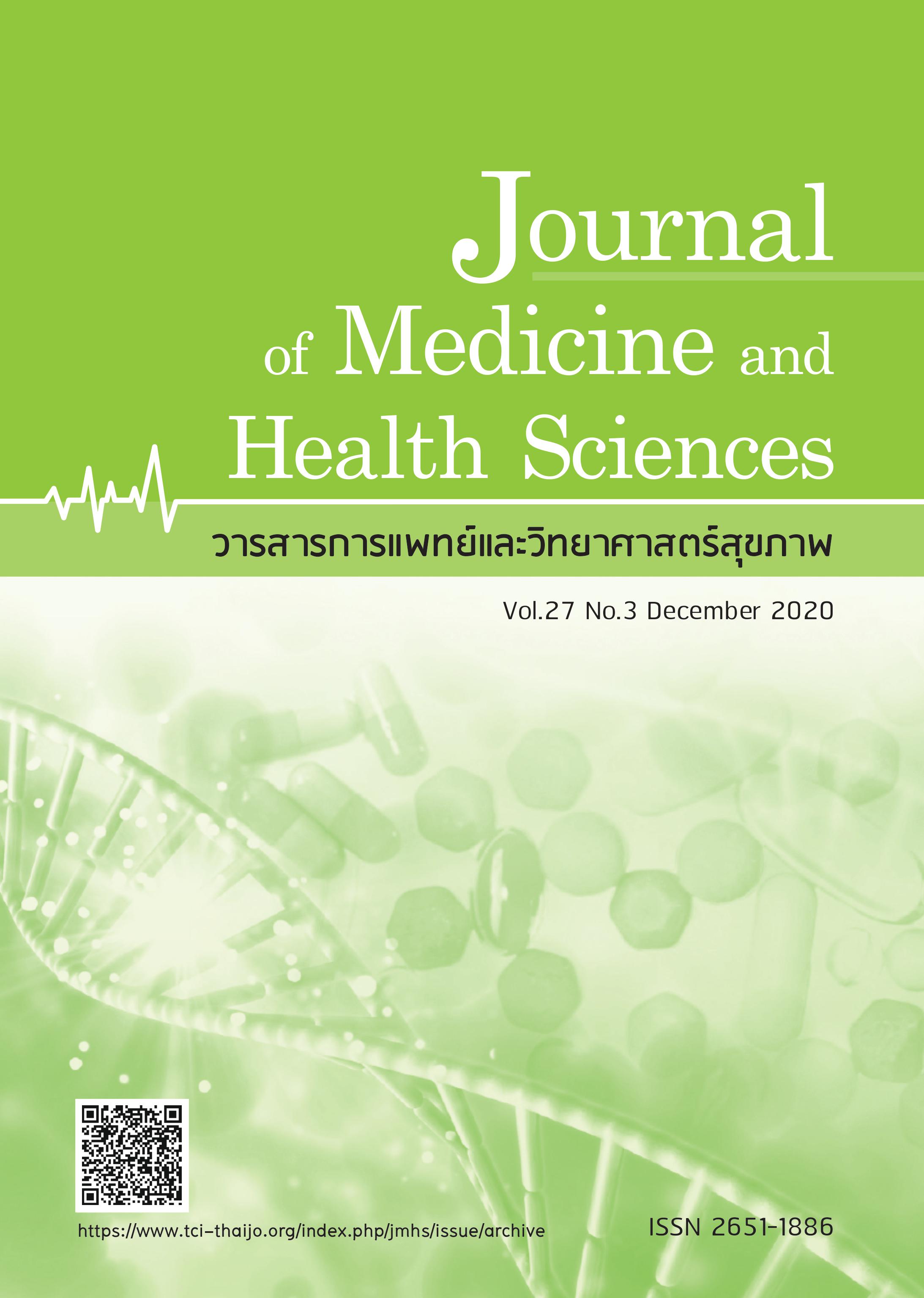A case report of paracetamol and diphenhydramine - induced toxic epidermal necrolysis
Keywords:
toxic epidermal necrolysis (TEN), paracetamol, acetaminophen, diphenhydramineAbstract
Abstract
Toxic epidermal necrolysis are rare, acute and severe life-threatening allergic reactions.Initial symptoms (prodromal illness) can be fever, sore throat, malaise and any of which can precede cutaneous manifestations in 1-3 days. First, skin lesions tend to appear on the trunk, spread to the neck, face, upper and lower extremities. The skin lesion is erythematous, dusky red, purpuric macules of irregular size and shape, and they have a tendency to coalesce more than 30% body surface area. Presence of mucosal involvement more than one site and positive Nikolsky’s sign. Most common cause is medicine (80%). Other rare cause include infections and some immune diseases. Medication most frequently associated with TEN is allopurinol, lamotrigine, cotrimoxazole, carbamazepine, nevirapine, NSAIDs, phenobarbital and phenytoin. Hereby we report a 33 years old Thai male without medical problems presenting with malaise, fever, he had taken paracetamol and diphenhydramine from pharmacy store for 2 consecutive days. He had extensive rash on his body, eye irritation and oral ulcers. At the hospital, he still received paracetamol for fever but detachment of epidermis and erosion of mucocutaneous membrane continued. When he stopped taking paracetamol, his clinical
symptoms improved. Even both paracetamol and diphenhydramine have low incidence of severe adverse drug reaction, physical examination, biopsy test and other laboratory test didn’t show any causes. Drug allergy might be the answer of this consequence and avoidance of culprit drugs is the best way to improve patient clinical symptoms.
References
2. Mockenhaupt M, Roujeau JC. Chapter 44 : Epidermal Necrolysis (Stevens-Johnson Syndrome and Toxic Epidermal Necrolysis. In: Kang S, Amagai M, Bruckner AL, et al. Fitzpatrick's Dermatology. 9th ed. Mc Graw-Hill;2019:733-45.
3. Mockenhaupt M, Viboud C, Dunant A, et al. Stevens-Johnson syndrome and toxic epidermal necrolysis: assessment of medication risks with emphasis on recently marketed drugs. The EuroSCAR-study. J Invest Dermatol 2008;128(1):35-44.
4. Hotzenecker W, Prins C, French LE. Erythema Multiforme, Stevens-Johnson Syndrome, and Toxic Epidermal Necrolysis. In: Bolognia JL, Schaffer JV, Cerroni L. Dermatology. 4th ed. Elsevier Limited; 2018:332-47.
5. Yamane Y, Matsukura S, Watanabe Y, et al. Retrospective analysis of Stevens–Johnson syndrome and toxic epidermal necrolysis in 87 Japanese patients – Treatment and outcome. Allergology International 2016;65(1):74-81.
6. Harr T, French LE. Toxic epidermal necrolysis and Stevens-Johnson syndrome. Orphanet J Rare Dis 2010;5:39.
7. Roongphiboolsopit P, Janjumralsang P, Chajanakijskul S, et al. Direct and Indirect Immunofluorescence in the Diagnosis of Pemphigus (in Thai). Bull Dept Med Sav 2004; 29:268-74.
8. Machado TYS, Enokihara MMSS, Iida TM, et al. Adult linear IgA bullous dermatosis: report of three cases. An Bras Dermatol 2018;93(3):435-7.
9. Ban GY, Ahn SJ, Yoo HS, et al. Stevens-Johnson Syndrome and Toxic Epidermal Necrolysis Associated with Acetaminophen Use during Viral Infections. Immune Netw 2016;16(4):256-60.
10. Kim EJ, Lim H, Park SY, et al. Rapid onset of Stevens-Johnson syndrome and toxic epidermal necrolysis after ingestion of acetaminophen. Asia Pac Allergy 2014;4(1):68-72.
11. Khawaja A, Shahab A, Hussain SA. Acetaminophen induced Steven Johnson syndrome-toxic epidermal necrolysis overlap. J Pak Med Assoc 2012;62(5):524-7.
12. MICROMEDEX® [Database on the internet]. Colorado: Thomson Reuter (Healthcare); c 1974-2009. DRUGDEX® System, ACETAMINOPHEN; [cited 2019 Oct 24. Available from: http://www.micro medexsolutions.com/micromedex2/librarian/.
13. MICROMEDEX® [Database on the internet]. Colorado: Thomson Reuter (Healthcare); c 1974-2009. DRUGDEX® System, Diphenhydramine Hydrochloride ; [cited 2019 Oct 24]. Available from: http://www.micromedexsolutions.com /micromedex2/librarian/.



